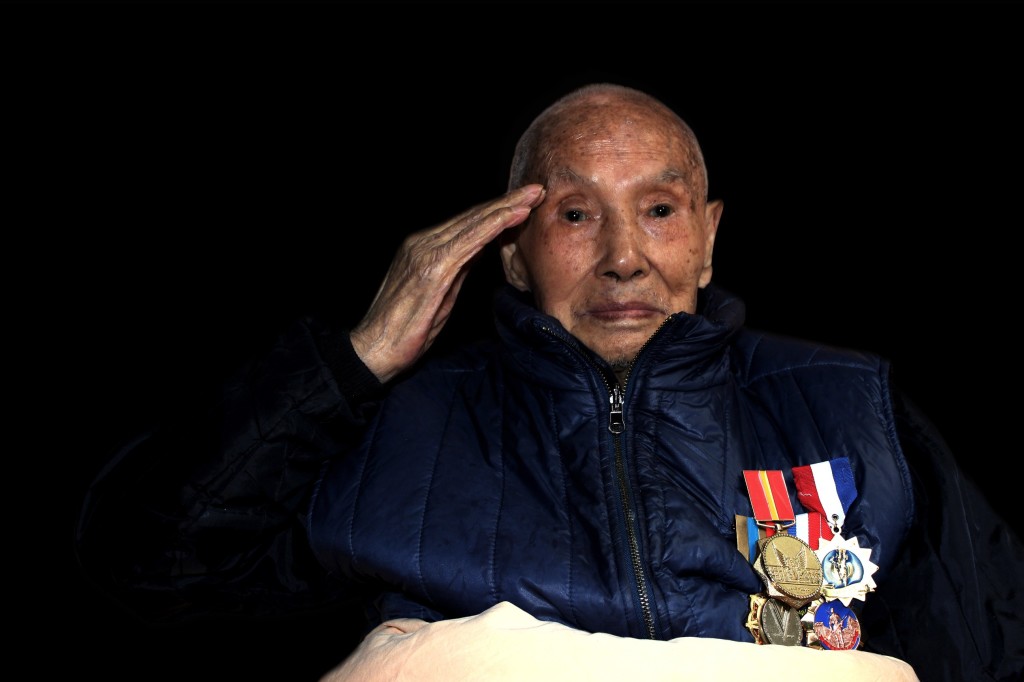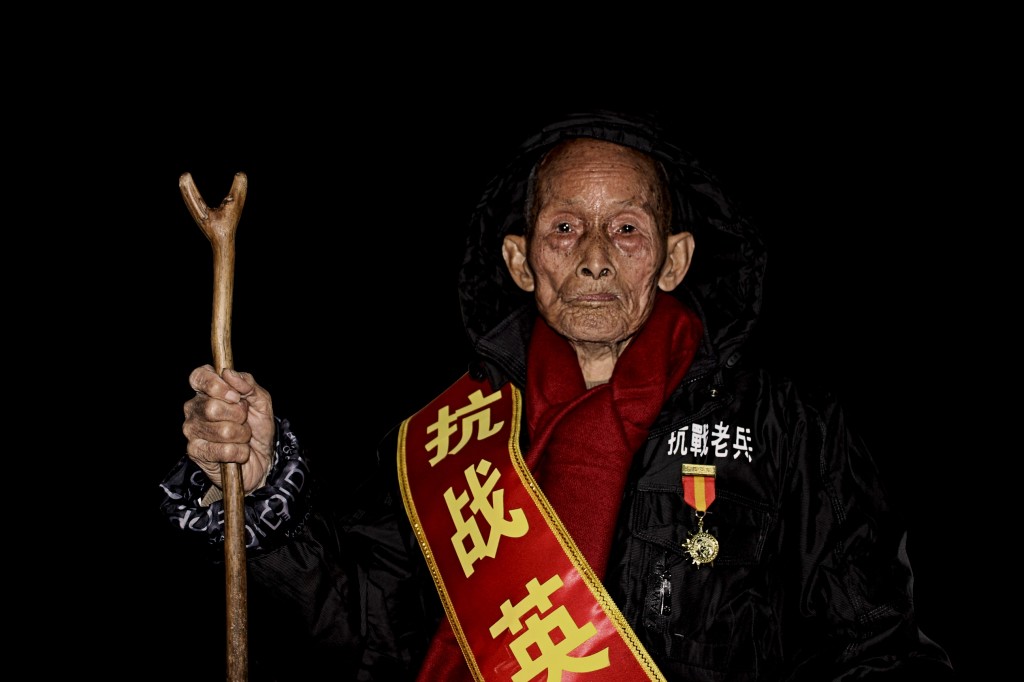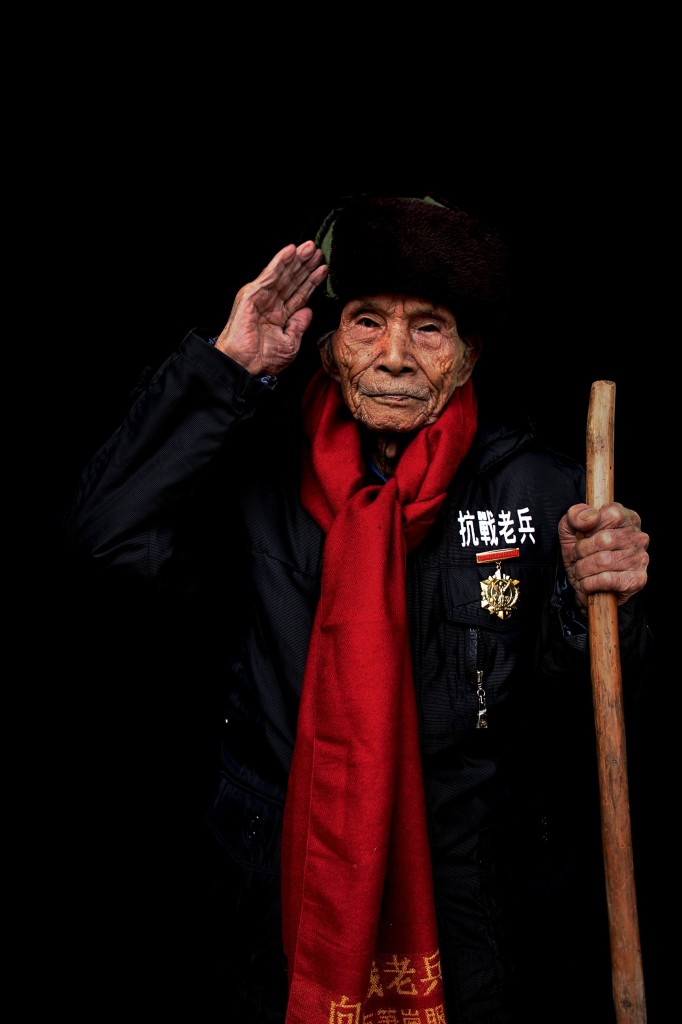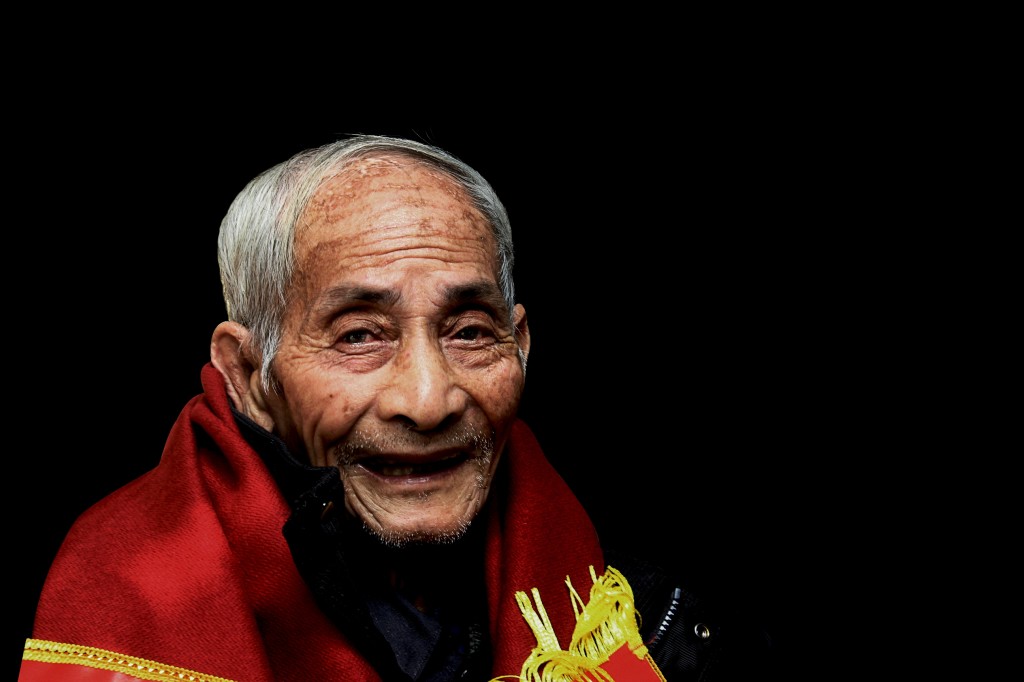Living Heroes, Part 1
- By Guest blogger
- 12 April, 2015
- 1 Comment
 Seven decades have passed since the end of World War Two, but still there are thousands of veterans alive who fought in that epic global conflict, not least in China. Many have never told their story. The Youxin Foundation, based in the south Chinese city of Guangzhou, carries out valuable work, discovering these veterans and paying regular visits to them. As part of an oral history project, it also records their stories for posterity. This is the first in a series of articles introducing these heroes, some of whom are now more than 100 years old. The copyright of all photos on this page belongs to the Youxin Foundation.
Seven decades have passed since the end of World War Two, but still there are thousands of veterans alive who fought in that epic global conflict, not least in China. Many have never told their story. The Youxin Foundation, based in the south Chinese city of Guangzhou, carries out valuable work, discovering these veterans and paying regular visits to them. As part of an oral history project, it also records their stories for posterity. This is the first in a series of articles introducing these heroes, some of whom are now more than 100 years old. The copyright of all photos on this page belongs to the Youxin Foundation.
Cao Tingming (b. 1914 — see photo above) was a private in 11th Company, 3rd Battalion, 225th Regiment, 38th Independent Brigade, 59th Army of the National Revolutionary Army. He currently lives in Chongqing. He enlisted as a soldier in what was then Chahar province in 1936, joining the 29th Army (re-designated the 59th Army in 1937) and serving in one of its famous “broadsword” units. After the Marco Polo Bridge Incident in the summer of 1937, he took part in the defensive battles near Beijing and Tianjin. He later saw action in the battles of Lingyi and Wuhan. He served with the 33 Army Group and was in Jiangxi guarding the transport of military supplies when the army group’s commander Zhang Zizhong was killed in battle in 1940.
He Huanjiu (b. 1917) was a soldier in the 557th Regiment, 93rd Division, 6th Army of the National Revolutionary Army. He currently lives in Yunfu, Guangdong province. Having joined the army in 1937, he took part in the battle of Taierzhuang (also known as the battle of Xuzhou) the following year. In 1939, he participated in the battle of Kunlun Pass. In 1942, he took up a position in the Dushan, Guizhou branch of the Huangpu Military Academy. At the time of victory in 1945, he was at the army’s Signal School in Sichuan province.
Zhou Rongan (b. 1913) was a soldier in the 63rd Army of the National Revolutionary Army. He now lives in Yunfu, Guangdong province. He joined the army in 1932, and in 1938 he was sent to northern China to take part in the war against Japan. He saw close combat with the Japanese in the battle of Xuzhou in 1938, suffering a stab injury to his left wrist and also being injured in the left calf. In 2005, at the 60th anniversary of the victory over Japan, he was awarded a commemorative medal by the Chinese authorities.
Huang Xiong (b. 1921) was a soldier in the 159th Division, 6th Army of the National Revolutionary Army. He now lives in Maoming, Guangdong province. He joined the army in 1938 and after several months of training, he took part in the battle of South Guangxi in 1939. In the ensuing years, he took part in a number of battles as far away as China’s border with Vietnam (then Indochina) before finally experiencing Japan’s surrender in 1945. Even today, his head is visibly scarred by Japanese shrapnel.






 Copyright © 2025
Copyright © 2025
True heroes out live politics! Solute…